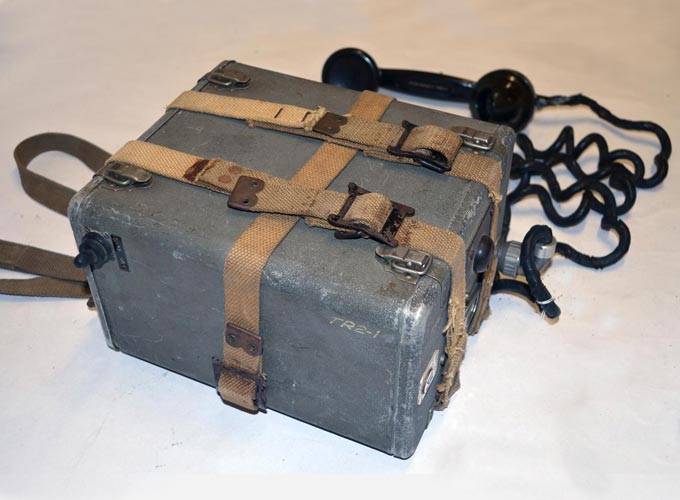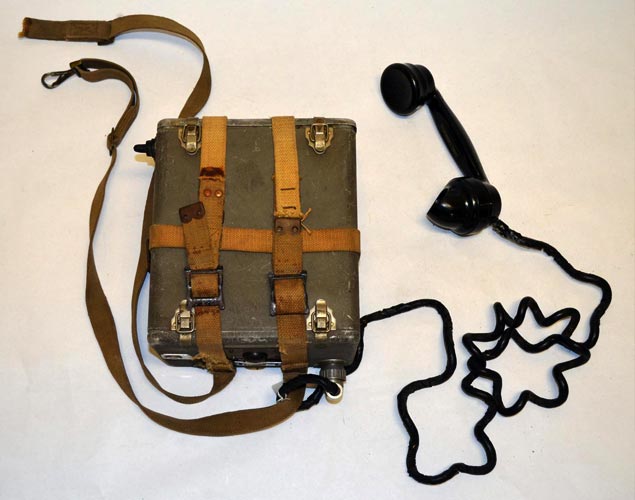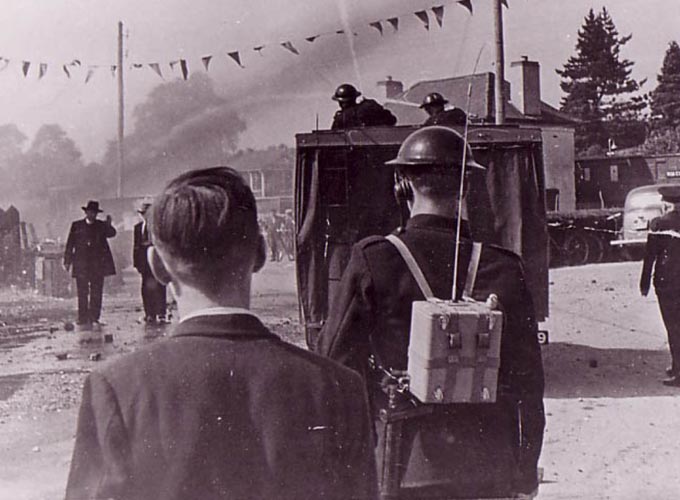Description
A British army surplus single frequency wireless man-pack used by the Royal Ulster Constabulary (RUC) Reserve Force in the 1950s. The force used radio equipment for communication in the field during border patrols and public order disturbances. Created in 1950, the reserve force provided specialist support for the RUC. The unit was mobile and specially equipped to deal with Irish Republican Army (IRA) attacks and public disorder. In addition to standard firearms, the force had access to heavy automatic weapons including Bren guns, Sten guns and military vehicles including Land Rovers, armoured half-track personnel carriers, scout cars and water cannon.
Incidents of public disorder became more frequent after the passing of the 1951 Public Order Act and the 1954 Flags and Emblems Act. The 1951 Public Order Act prohibited all but traditional (mainly Orange Order) parades unless the police were given prior notice. All other marches could be banned or rerouted. The 1954 Flags and Emblems Act outlawed the display of flags (i.e. the Tricolor) that could lead to a breach of peace. These laws and their enforcement alienated and angered Nationalists and Republicans and lead to increasingly violent protests.
The RUC Reserve Force was instrumental in fighting Operation Harvest, the IRA’s 'Border Campaign'. By 1956, the unit consisted of 150 men organised into five platoons deployed along the border area. After the IRA campaign ended in 1962, three platoons were disbanded, and ninety men returned to normal duty. The reserve force existed until 1970 when it became the RUC Special Patrol Group.




